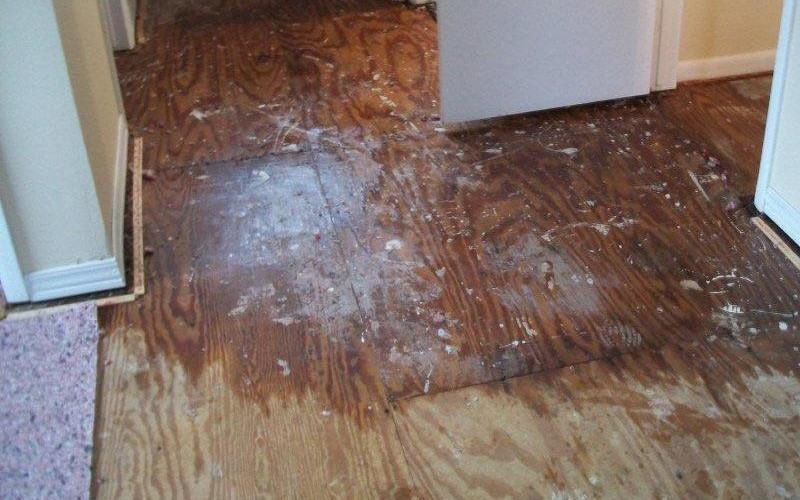We have noticed the article on Simple Solutions To Preventing Fire And Water Damage To Your Home down the page on the web and thought it made good sense to share it with you over here.

Water offers life, water invasion on parts where it's not meant to be can result in damages. If the water soaks into your framework, it can peel off away surfaces and also erode the structure. Mold and mildew as well as mold likewise flourish in a damp environment, which can be unsafe for your health and wellness. Houses with water damage scent stuffy and old.
Water can come from several resources such as tropical cyclones, floods, burst pipelines, leakages, as well as sewer issues. In case you experience water damage, it would certainly be good to understand some safety and security precautions. Right here are a few standards on just how to manage water damages.
Do Prioritize Home Insurance Protection
Water damage from flood dues to heavy winds is seasonal. You can likewise experience an abrupt flood when a malfunctioning pipe suddenly bursts right into your residence. It would be best to have home insurance coverage that covers both disasters such as natural calamities, and emergencies like busted plumbing.
Don't Neglect to Turn Off Utilities
In the event of a disaster, especially if you stay in a flood-prone location, it would certainly be advisable to shut off the main electric circuit. This removes power to your whole home, protecting against electric shocks when water comes in as it is a conductor. Moreover, do not fail to remember to switch off the major water line shutoff. Furniture will certainly move around as well as create damages when floodwaters are high. Having the main valve shut down prevents further damages.
Do Keep Proactive as well as Heed Climate Notifies
Storm floodings can be extremely unpredictable. Remain ready and also positive if there is a history of flooding in your community. If you live near a lake, creek, or river , listen to emptying warnings. Secure valuables from the first stage and basement, after that put them on the greatest possible degree. Doing so reduces possible building damages.
Don't Overlook the Roof
You can stay clear of rainfall damage if there are no openings as well as leaks in your roofing system. This will avoid water from flowing down your wall surfaces and also saturating your ceiling.
Do Focus On Tiny Leaks
A burst pipeline does not happen over night. Usually, there are red flags that indicate you have actually weakened pipes in your house. You may discover gurgling paint, peeling wallpaper, water streaks, water discolorations, or leaking audios behind the walls. Eventually, this pipeline will break. Ideally, you need to not wait on points to escalate. Have your plumbing repaired before it leads to large damage.
Don't Panic in Case of a Burst Pipe
Keeping your clearheadedness is important in a time of situation. Worrying will only intensify the issue due to the fact that it will certainly suppress you from acting fast. When it concerns water damage, timing is essential. The longer you wait, the even more damage you can anticipate. Therefore, if a pipeline bursts in your residence, promptly turned off your primary water shutoff to cut off the source. Unplug all electric outlets in the area or transform off the circuit breaker for that component of the residence. Lastly, call a reliable water damage remediation professional for support.
Water gives life, water invasion on components where it's not supposed to be can result in damage. Residences with water damage smell stuffy as well as old.
Water damages from flooding dues to heavy winds is seasonal. You may discover bubbling paint, peeling off wallpaper, water touches, water spots, or leaking noises behind the wall surfaces. When it comes to water damage, timing is crucial.
Some Do's & Don't When Dealing with a Water Damage
DO:
Make sure the water source has been eliminated. Contact a plumber if needed. Turn off circuit breakers supplying electricity to wet areas and unplug any electronics that are on wet carpet or surfaces Remove small furniture items Remove as much excess water as possible by mopping or blotting; Use WHITE towels to blot wet carpeting Wipe water from wooden furniture after removing anything on it Remove and prop up wet upholstery cushions for even drying (check for any bleeding) Pin up curtains or furniture skirts if needed Place aluminum foil, saucers or wood blocks between furniture legs and wet carpet Turn on air conditioning for maximum drying in winter and open windows in the summer Open any drawers and cabinets affected for complete drying but do not force them open Remove any valuable art objects or paintings to a safe, dry place Open any suitcases or luggage that may have been affected to dry, preferably in sunlight Hang any fur or leather goods to dry at room temperature Punch small holes in sagging ceilings to relieve trapped water (don't forget to place pans beneath!); however, if the ceiling is sagging extremely low, stay out of the room and we'll take care of it DO NOT:
Leave wet fabrics in place; dry them as soon as possible Leave books, magazines or any other colored items on wet carpets or floor Use your household vacuum to remove water Use TV's or other electronics/appliances while standing on wet carpets or floors; especially not on wet concrete floors Turn on ceiling fixtures if the ceiling is wet Turn your heat up, unless instructed otherwise

Hopefully you enjoyed reading our section on Fire And Water Damage Prevention. Thanks a lot for finding the time to read through our article. Appreciated our write up? Please share it. Help somebody else locate it. I love reading our article about 5 Home Safety Tips To Reduce The Risk Of Fire And Water Damage.